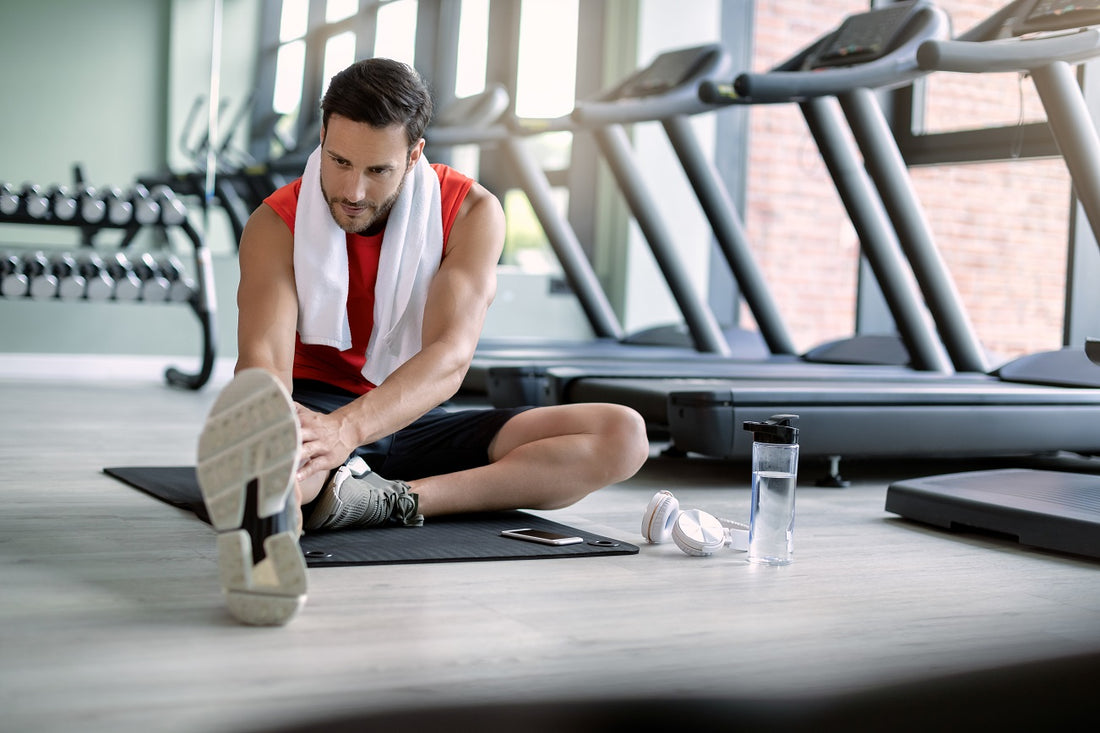Introduction:
Treadmills are a fantastic way to stay active, but cramps can be a frustrating side effect of a good workout. Obviously, having a clear understanding of cramps can help us to better understand our bodies.
In this blog, we'll explore what are cramps, why do cramps happen on a treadmill running? Where and when do cramps occur? Who is prone to treadmill cramps? And how to prevent treadmill cramps?
What Are Cramps?
Medically, muscle spasms occur when skeletal muscle contracts and does not relax, and skeletal muscles attach to our bones and are used for voluntary movements of the body. Dr. Melissa Conrad Stöppler, MD, U.S. board-certified anatomic pathologist with subspecialty training in the fields of experimental and molecular pathology, said that muscle spasms are forceful and involuntary. A sustained muscle spasm is called a muscle cramp.
Why Do Cramps Happen on a Treadmill?
Knowing the cause of cramps may help us avoid charley horse at the source. However, the causes of muscle spasm on a treadmill are multifaceted. Inadequate warm-up or cool-down, poor blood circulation and inadequate nutrition are all common causes for cramp.
The American Council on Exercise explains that muscle fatigue from overexertion, dehydration, and imbalances in essential electrolytes (such as potassium and sodium) can all contribute to clonus during exercise. In addition, when using a treadmill, in order to avoid sudden spasms of emergency stopping movements leading to falls on the treadmill, a safety key is a must in order to prevent this from happening.

Where and When Do Cramps Occur?
Cramps can occur in various muscle groups when using a treadmill, but the calves, thighs, and feet are common trouble spots. This also indirectly explains the fact that these are the main muscle areas that the sport of running works on.
Then when do cramps occur? One is during-exercise, tic can occur while you are actively running on the treadmill. They can occur when you're pushing yourself too hard or not adequately prepared for the workout, that’s also what we explain the reason of inadequate warm-up or cool-down. Another happens in post-exercise, especially in the middle of night. Something called delayed-onset muscle soreness (DOMS) would cause cramping as your muscles recover.
Who Is Prone to Treadmill Cramps?
Some individuals are more susceptible to cramps than others. Age, fitness level, and pre-existing medical conditions can all play a role. As the American College of Sports Medicine notes, those who don't regularly engage in physical activity may be more prone to get clonus. Thus getting into the habit of exercising can help building a strong body. A treadmill is the perfect choice for any workout that is not affected by the weather. Its adjustable speed, adjustable incline, heart rate detection, and calorie burn recording features intelligently adjust to everybody personal habits.
How to Prevent Treadmill Cramps:
After knowing about cramps, the next step and the most important step is to know how to prevent calf cramps when running on a treadmill.
As we mentioned earlier, the most common times for calf cramps to occur are during-exercise and post-exercise, so here are some tips on how to prevent them in both cases:
Cramps occur during exercise, you can:
1. Stop and stretch.
Stop immediately if you are in calf cramp during running. Gently stretch the calf muscle that's cramping by flexing your foot upward. Hold the stretch for 15-30 seconds.
2. Massage your cramped area.
Doing some massaging can help relieve tension in the cramped muscles and improve blood circulation. If the spasms are so painful that you can't move, then seeking prompt medical attention and professional advice is essential.
3. Rehydrate yourself.
Dehydration is one of the reasons cause cramp as we mentioned above. When a muscle spasm happens, taking sips of water is a good way to relieve stress. In addition to the occurrence of cramps, drinking enough water on a daily basis is universally recommended for the maintenance of hydration in the body.
Cramps occur post exercise, you can:
1. Stretching.
If a cramp does strike, slow down, gently stretch the affected muscle. Hold the stretch for 15-30 seconds. This can help relieve the cramp. For calf twitchs, stand with your toes on a wall and lean into it, or sit down and pull your toes toward your shin.
2. Warm-Up and Cool Down.
The American Orthopaedic Society for Sports Medicine recommends incorporating a warm-up and cool-down routine into your treadmill workouts. This helps prepare your muscles and reduces the risk of contracture.
3. Balanced Nutrition.
The American Council on Exercise emphasizes the importance of maintaining a balanced nutrition in essential. Foods containing potassium and sodium can help maintain electrolyte balance. Plus, dehydration can lead to muscle spasm. Drink water before, during, and after your workout.
4. Consult a physician.
If the cramps are grievous and frequent, and do not respond to these measures, then consult a healthcare provider. A professional physician can give you targeted advice after the examination.
Conclusion:
With the right knowledge and preparation, you can conquer cramps on the treadmill. Remember to hydrate, warm up, cool down, and eat a balanced diet to keep your muscles in peak condition. If cramps persist or become a recurring issue, consult a healthcare professional for further guidance.
Remember that the key to a successful workout is not only pushing your limits but also taking care of your body. Enjoy your happy and cramp-free running!


